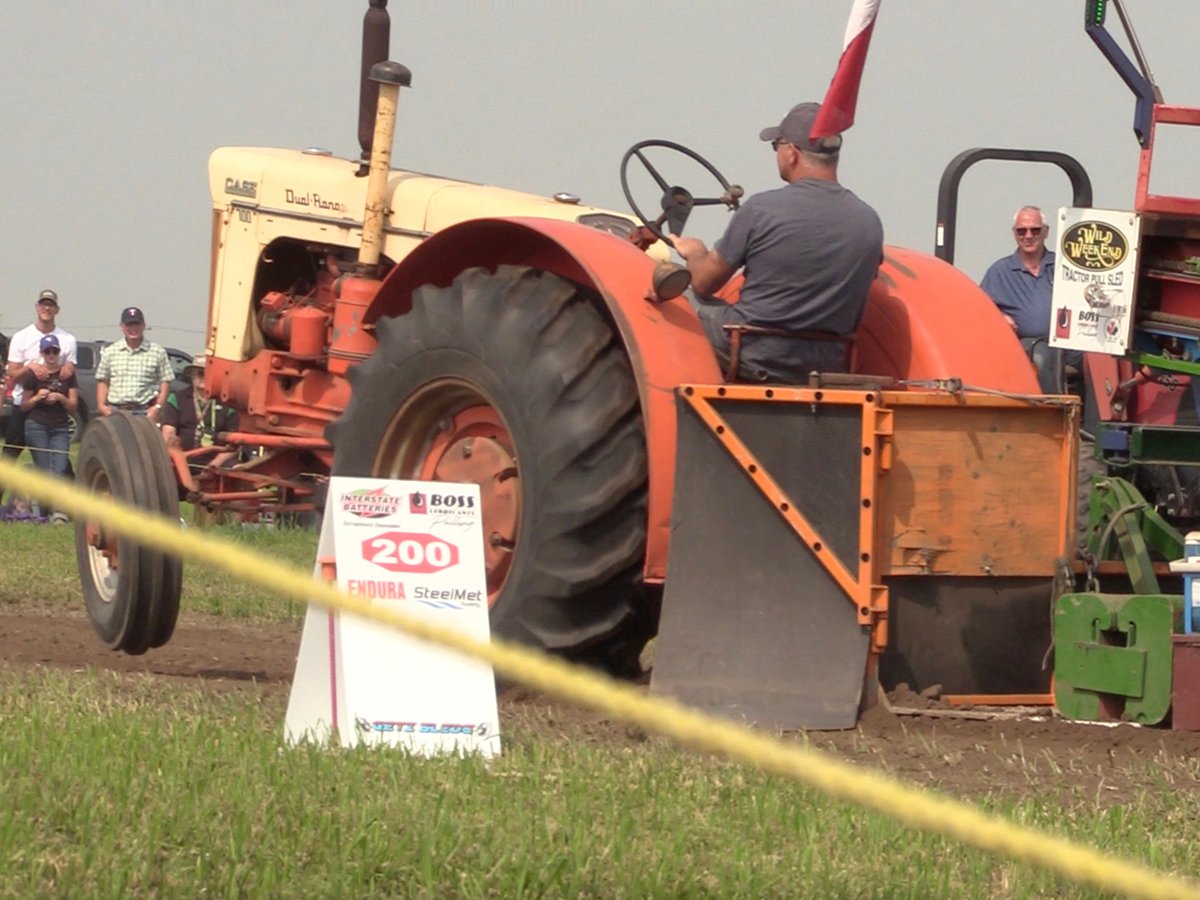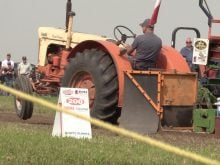Q: We have a situation where the cows from the neighbouring pasture have regularly jumped over the fence and damaged our crop. What options are available to a landowner in such circumstances? What responsibility does the owner of the cattle have?
A: First, whether animals jump the fence, knock a fence over or walk into unfenced land, they are strays and the rules regarding strays apply. Each of the three prairie provinces has passed detailed laws dealing with strays. Under such laws, the owner and person having possession of the animals is liable for any damages they cause. Both Alberta and Manitoba legislation make it clear that the owner of the stray animal is liable, even if the damage could have been prevented by proper fencing.
Read Also

Vintage power on display at Saskatchewan tractor pull
At the Ag in Motion farm show held earlier this year near Langham, Sask., a vintage tractor pull event drew pretty significant crowds of show goers, who were mostly farmers.
Both Manitoba and Saskatchewan allow municipalities to make bylaws permitting animals to run at large. In Saskatchewan, if an animal is lawfully running at large, the owner cannot be held liable for any damages unless the damaged property is surrounded by a lawful fence. Two pages of regulations define what constitutes a lawful fence.
A lawful fence is dependent on the nature of animals being kept in or out. For cattle, a lawful fence must have at least three strands of wire 35 to 40 centimetres apart. Substantial poles must be placed every 20 metres, with droppers in between at least every five metres. If there are no droppers the poles must be no more than 7.5 m apart. The lowest strand must be 35 to 40 cm from the ground. Stacks of hay or loose grain must be at least six m from the fence. Full details on what constitutes a lawful fence can be found in the stray animals regulations at www.qp.gov.sk.ca.
Thus, in Saskatchewan if a municipality allows animals to run at large, a landowner is responsible for ensuring that his property is properly fenced to keep them out.
What can you do to prevent neighbours’ animals from straying? First, as already mentioned, the owner of a stray is responsible for any damages caused. Second, stray animals can be impounded. In Saskatchewan, once the animal is restrained, the owner is to be notified. If the owner and the restrainer can’t agree on a fee, the person restraining it must notify the municipal administrator. Strays unclaimed within 72 hours must be delivered to the nearest municipal pound. If the owner is not known, the person making the restraint must notify the local livestock administrator or RCMP and the municipal administrator.
In Alberta, the local livestock inspector must be notified within 48 hours of an animal being restrained. In Manitoba, individual municipalities can make bylaws dealing with the impounding of stray animals. In addition, anyone making a seizure must notify the owner if known, or the RCMP and the clerk of the municipality.
As with many things in law, if you can resolve matters with the owner without invoking the legal process, so much the better.
Finally, I would not recommend setting traps to catch strays. Setting traps that might deliberately injure animals may subject you to damage claims and may put you at risk of offending cruelty-to-animal provisions of the criminal code.
Don Purich is a former practising lawyer who is now involved in publishing, teaching and writing about legal issues. His columns are intended as general advice only. Individuals are encouraged to seek other opinions and/or personal counsel when dealing with legal matters.
















